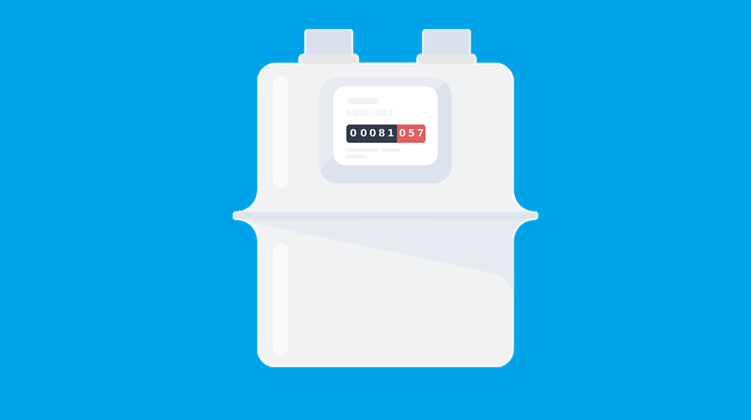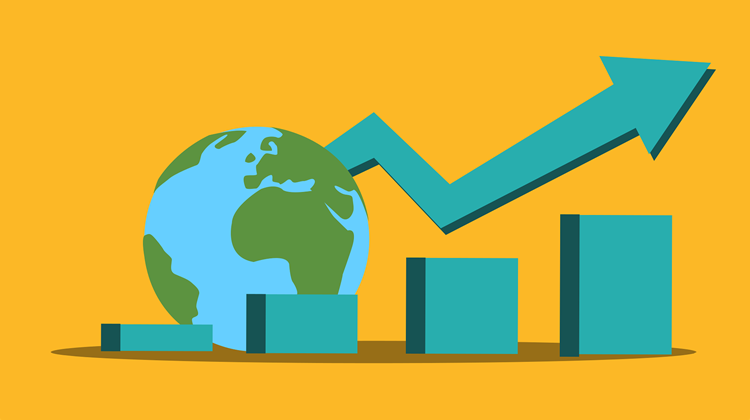Where is the gender data?

Crucial information on gender inequality is scarce, hindering progress towards the Sustainable Development Goals.
We often hear how much data there is in the world. Billions upon billions of data points are generated every day, measuring everything and anything imaginable. Information on women's status and their lived realities is, however, conspicuous in its absence. The United Nations (UN) defines gender data as having the following characteristics:
- Data are collected and presented by sex as a primary and overall classification;
- Data reflect gender issues;
- Data are based on concepts and definitions that adequately reflect the diversity of women and men and capture all aspects of their lives;
- Data collection methods take into account stereotypes and social and cultural factors that may induce gender bias in the data.
As in all other aspects of life, such as access to healthcare, equal pay and the right to own assets, the absence of measures on gender inequality permeates the data generation sphere, especially in Africa. A lack of gender data has many implications and consequences and is a key constraint not only in measuring progress on gender equality but towards sustainable development overall.
By now, it is clear that most of Africa will not meet the Sustainable Development Goals (SDGs) by 2030 or, in some cases, not even in the next 10 or 20 years. More than two generations later, the continent is still hamstrung by the legacy of colonisation, internal conflict and external meddling, which has dampened its growth prospects and hindered equitable development. As governments and funders alike puzzle over the reasons and drivers of this underperformance against the UN’s flagship goals, the continent is battling to meet gender equality goals and will continue to discriminate against women and the LGBTQI+ community for years to come. The limited data which is available shows that women are still overburdened with unpaid care work, face verbal and physical abuse on a daily basis and earn less money for the same work done even after controlling for factors such as education, level of productivity and experience.
Despite billions of data points generated daily, information on women's status and lived realities is conspicuously absent, highlighting pervasive gender inequality
The scary part is that much of this picture remains unpainted. Africa lacks the crucial input it needs to battle the scourge of gender inequality: gender data. Importantly, these data do not solely equate to sex-disaggregated data, which simply categorise information by male and female. Appropriate gender data capture more of individuals' lived experiences, better reflecting the myriad gender roles, relations and societal inequalities we all face. Women residing in rural areas face unique challenges, as they lack access to resources, bear a heavier care work burden and are more likely to be subjected to traditional cultural norms than their urban counterparts. African LGBTQI+ women experience extreme discrimination and prosecution in many African states, with restrictions on same-sex relationships, lack of freedom of expression and association and limited protections against discrimination common across the continent. Data that accurately capture the particular challenges women face in their unique situations and environments are crucial for appropriate policies.
The lack of gender data is a global problem, spanning geographical regions and income groups, with similar challenges faced across the board. A report by UN Women highlights the global dearth of gender data: In 2023, over 80 countries were missing data for at least one of the indicators used to track progress towards SDG 5, the goal focused on gender equality. At current rates of improvement, it will take 22 years for all the SDG gender data to be available globally, 15 years after the SDG target year of 2030.
There are diverse reasons for slow progress. Gender data require an enabling environment that includes policy and legal frameworks that encourage gender data gathering and effectively integrate gender goals into wider national development plans.
Financing for gender data collection is stagnating, with overall spending on generating statistics at a national level falling in the wake of the COVID-19 pandemic. A report by the Partnership in Statistics for Development in the 21st Century (PARIS21) found a number of key characteristics of this financing gap: only a small number of donors fund gender data worldwide, data production is prioritised over other statistical activities, and gender data activities are not mainstreamed and are often tied to narrow project aims. Outside countries such as Rwanda, Burkina Faso and Ghana, African statistical offices face similar (or worse) funding restraints and highlight how including funding for gender in wider statistical budgets is inadequate. In addition, funding stems from various sources, mixing governments and international development partners, which influences the focus of data generation and hinders the creation of regular gender data. A keen lack of human resources trained to effectively gather these data further complicates an already gloomy situation.
What are the effects of these gaps on Africa? First is that governments do not and cannot know whether or not their actions aimed at combatting gender inequality are working. Without data, policymakers are left in the dark about the effectiveness of their policy and are thus unable to recalibrate their actions based on performance. Second, women’s real needs and problems are left unseen. Those in power cannot fix a problem they do not know exists. In some cases, limited gender data are available and collected regularly, but paint a partial picture of the problem at hand. Without holistic data capturing the intersectional challenges women face, across racial, sexual orientation, disability status, income level, age and location factors, measures aimed at addressing inequalities will almost always miss the mark. Third, the lack of gender data precludes governments from making informed decisions which would boost economic growth, make societies more climate resilient and improve health outcomes across the board.
This is not to say that no steps have been taken towards continued gender data generation and processing in Africa. Significant progress has been made in the realm of education and healthcare gender data generation, with data on variables such as maternal mortality, educational enrolment and life expectancy routinely collected and disaggregated based on sex. UN Women runs a dedicated strategy, Women Count, which aims to promote gender data production and usage through missions in nine countries, six of which are in Africa. UN Women also developed a Minimum Set of Gender Indicators for Africa (MSGIA) to help governments know what they should monitor and how best to harmonise new gender data within existing frameworks. The Economic Commission for Africa (ECA) and multiple partners are drafting a Continental ICBT Data Collection Framework and Methodology, which aims to consolidate indicators and frameworks for the collection of informal cross-border trade (ICBT) data, a highly gendered aspect of Africa’s trade landscape. A pilot project launched in 2019 by the African Trade Policy Centre (ATPC) of the United Nations Economic Commission for Africa (ECA) and the African Export-Import Bank (Afreximbank) to better monitor ICBT between Abidjan and Lagos serves as a successful example of initiatives aiming to source gender data in Africa.
An enabling environment and better funding for gender data generation are crucial to effectively measure and respond to gender disparities
The first step towards sustained change is simply the implementation of plans already made. Various documents and frameworks have been drafted to fill the gender data gap, but concrete action remains absent. The African Programme on Gender Statistics (APGS) serves as a guiding and convening programme for gender data generation in Africa and should serve as a platform for continent-wide engagement at various levels of governance and expertise. Yet, following an evaluation of the latest implementation phase of the programme, 2018-2021, it was noted that one of the implementing partners, the African Union Commission (AUC), failed to adequately engage, while regional economic communities also did not participate. Without buy-in from RECs and the African Union, efforts at creating African gender data infrastructure will fall short.
Other interventions relate to increased financing, better alignment of gender data with national priorities and improvements in political will. As noted, international donors often have narrow, time-sensitive focus areas regarding gender data, which leads to intermittent gathering activities. National governments must fund these activities themselves and create sustainable, credible and well-resourced data systems that include gender data. Furthermore, gender data promoters and champions should aim to position themselves in government offices, where they have the highest probability of enacting real change. Changing gender norms and instilling more gender-equal attitudes amongst citizens is of course the most effective and durable solution, but also the hardest to achieve. Grassroots activism aimed at educating children and the youth on gender equality is crucial but needs government finance and support to succeed.
Overall, addressing the gender data gap requires a multi-faceted approach involving increased funding, political will and collaboration among stakeholders. By investing in comprehensive gender data collection and analysis, African nations can make informed decisions that promote gender equality and benefit society as a whole.
Image: Alexandra_Koch/Pixabay






